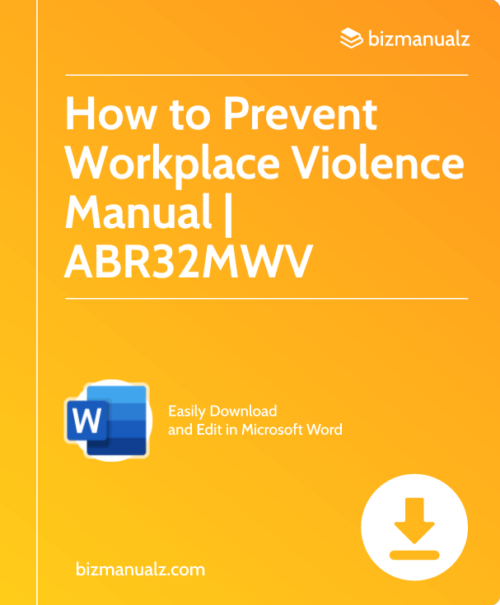How to Become an Effective Business Leader in a Crisis

Real leaders — not those people who run for office every other year, promising “real” leadership for a change — possess a combination of qualities and leadership characteristics that make us want to follow them. Whether we naturally gravitate to these quality individuals or we subconsciously recognize their leadership, we follow them. So, what does it take to be an effective business leader with the ability to lead in a crisis?
Effective Business Leader Characteristics
First, effective business leaders exhibit a combination of qualities and leadership characteristics that make us want to follow them.
Leaders are Visionary
Leaders are able to create a vision of a positive future, which begins the process of getting buy-in from the team. A leader without a vision is not a leader all, they are called a manager.
Leaders are Strategic
An effective business leader understands how to capitalize on the assets of the organization with a solid management strategy to realize a shared vision. They know where they are taking the organization with a plan for the future.
Leaders are Competent
Leaders know their business. They know the market and they know their customers. This enables them to set a vision and strategy based on knowing, not guessing because leaders value organizational learning.
Leaders Understand the Details
An effective business leader notices the details, which can be strung together to make the strategy. Leaders pay attention to the details and ensure that those details don’t fall through the cracks during implementation.
Leaders are Good Communicators
Leadership requires communicating the strategy in order to accomplish the vision. A leader must be a good communicator, must give speeches, and must motivate the group towards the vision. Leaders get buy-in to ensure results.
Leaders are Passionate
In order to lead others, one must truly believe in and care about the strategy and vision. Nobody wants to follow a half-hearted leader.
Leaders are Assertive
A leader must overcome many obstacles and objections when trying to lead. Maintaining one’s position requires sticking to your beliefs and convincing others to jump on board the strategy.
Leaders are Dedicated
Leading means making a commitment to the cause. An effective business leader leads by example and is the first to act on the strategy they are espousing.
Leaders are Adaptive
Continuous improvement applies to leaders as well as processes. A good leader knows when to accommodate others to achieve a greater good.
Leaders are Decisive
Making decisions is what a leader does. Decisions may not always be liked but leaders make them anyway to keep the organization moving forward.
Where Do These Qualities Come From?
The military service academies seem to have the greatest success — they purposely educate and groom individuals to be leaders by instilling discipline, self-sacrifice, and an unshakable work ethic and by constantly emphasizing the need to plan for the best but prepare for the worst. Still, even they don’t have anything close to a perfect track record when it comes to turning out leaders. Similarly, there are outstanding leaders throughout history who never served in the military.
What About Leadership in Crisis?
Imagine yourself (CEO) in the place of the officer in charge. Your organization is the castle/outpost/fortress under siege. You can fight or you can surrender; you’re surrounded, so retreat is not an option. It looks like there’s little chance of a favorable outcome for your small group. What do you do?
10 Ways to Be a Leader During a Crisis
Leader understand the difference between crisis management and risk management. Your company might not be literally “under siege” but when times are tough for your business, what do you do? You must execute good leadership in crisis.
Leaders are More than Bosses
Get out in front of your employees. If you don’t demonstrate leadership capability, who will follow you?
Leaders Stand on Principles
There’s the expedient thing to do and there’s the right thing to do. If you believe in yourself, your product, and your employees, you’ll do the right thing.
Leaders Maintain Employee Morale
Convince yourself there’s no such thing as impossible, then demonstrate your conviction to your troops.
Leaders Have a Circle of Command
Leaders are social, they understand they are leading teams. They know who employees look up to and make those individuals part of their leadership circle of command (“C of C”). Don’t lock yourself into one hierarchy.
Leaders Determine Your Options
Now that you have a more full circle of commands, determine your options within it. Do this for all your employees and explain why you prefer option ”x”.
Leaders Understand their Resources
Realistically assess your resources, strengths, and weaknesses.
Leaders Plan Ahead
Leaders have action plans for both the best- and worst-case scenarios. Leader prepare for the unexpected with a plan.
Leaders Execute a Plan
Now that you have a great plan, the final step is to actually go through with it and realize the plan.
Leaders Provide Employee’s Choices
Leader let employees choose whether to take a stand with you or cast their lot elsewhere. Those who aren’t firmly with you will weigh you down.
Effective Business Leader Traits
Is there such a thing as innovative leadership quality? It seems anyone can be trained to be a manager, but leaders are cut from a different cloth. Why? It’s not that they’re born that way. They can be made, but there’s no easily reproducible process, no easy-to-follow recipe or we’d be doing it all the time. Remember — anyone can play a leader when things are going well. It’s leadership in crisis that determines who our true leaders are.
















